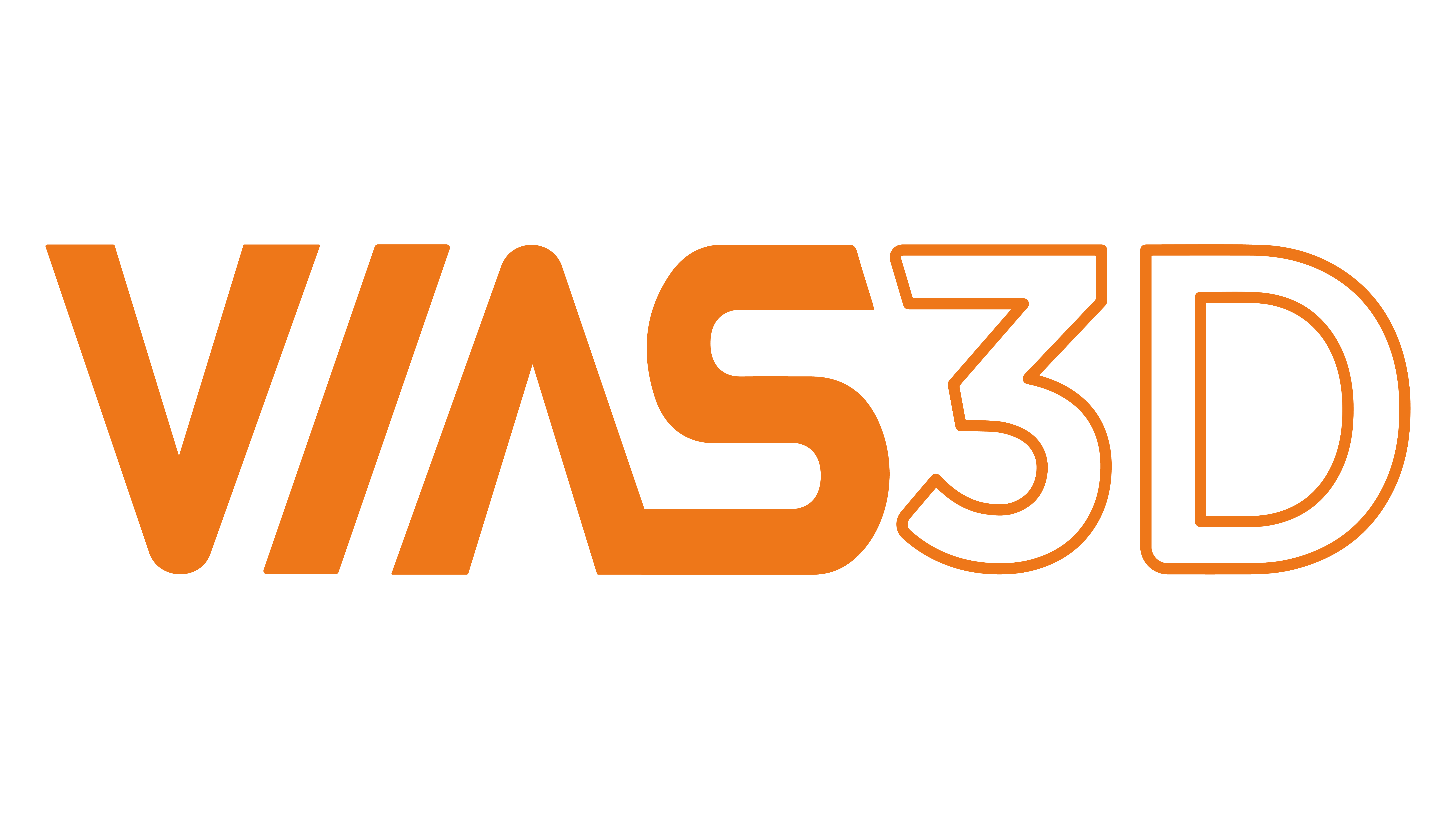Dynamic Analysis of Pigging in Pipe with Computational Fluid Dynamics [CFD]

In the intricate world of pipeline infrastructure, ensuring the seamless flow of fluids and gases is paramount. One essential process that keeps pipelines in optimal condition is pigging. This method involves sending a device, known as a pig, through the pipeline to perform various maintenance tasks. Pigging has become a cornerstone of pipeline management, addressing efficiency and safety issues.
One of the primary reasons for pigging is to maintain the pipeline’s flow efficiency. Over time, pipelines can accumulate debris, sediment, and deposits like wax, scale, and sludge. These build-ups can significantly hinder the flow of the product, causing inefficiencies and increasing the energy required to pump fluids through the system. By regularly pigging the pipeline, operators can remove these obstructions, ensuring the product flowssmoothly and efficiently. This maintenance not only improves performance but also reduces operational costs. By implementing regular pigging operations, pipeline operators can effectively remove these obstructions. This process ensures that the product flows smoothly and efficiently through the pipeline. The maintenance process improves the pipeline’s overall performance and reduces operational costs.
CFD Analysis of Dynamic motion of pig in pipeline
The motion of a pig in a pipeline is governed by a complex interplay of fluid dynamics, pipeline geometry, and pig design. Understanding these factors is crucial for optimizing pigging operations, ensuring effective cleaning, inspection, and maintenance of pipelines. The pig is propelled by the fluid flow within the pipeline, with the pressure differential created by the fluid flow behind and in front of the pig pushing it forward. The flow rate and pressure of the fluid play a crucial role in pig motion. Higher flow rates and pressures can enhance the pig’s speed, ensuring that it moves quickly through the pipeline. However, there is a delicate balance to maintain. Excessive speed can result in the pig missing debris or failing to adequately inspect the pipeline walls. Therefore, controlling the flow rate and pressure is essential for achieving the optimal speed that balances thorough cleaning and detailed inspection.
Computational Fluid Dynamics (CFD) simulations play a pivotal role in optimizing pigging operations. CFD provides detailed insights into the fluid dynamics within the pipeline and the interaction between the pig and the fluid. By simulating various scenarios, engineers can analyze how different flow rates and pressures affect pig motion. This allowsthem to optimize pig design and operational parameters to enhance efficiency and safety.
VIAS3D performed a transient analysis of a pig moving in a stationary pipe using CFD simulation capability of STAR-CCM+ software. Moving mesh method (Chimara mesh) and Dynamic Fluid Body Interaction (DFBI) method are used in the simulation. The total mass flow rate of the fluid is controlled by careful consideration of the inlet ramp and outlet pressure. The motion of the pig is then governed by pressure difference across the pig and friction
between pig and pipe. Figures below show an initial position and motion of the pig in the pipe.


Results from the CFD simulation show that the pig velocity increases and stabilizes at approximately 1.6 m/s for the given mass flow rate and the pig design, which allows fluid to bypass through it. This study enables engineers to optimize their design to achieve the targeted pig velocity for the specified mass flow rate.
About VIAS3D
VIAS3D engineering and simulation team combines decades of analytical and design experience. They have successfully helped to design various products from many industries for strength, stability, rigidity, and fatigue endurance. Our design and analysis capabilities are accomplished through advanced engineering modelling techniques such as Finite Element Analysis (FEA), Computational Fluid Dynamics (CFD), Electromagnetics (EMAG) and other tools. Using these advanced tools, we can capture complex design features and nonlinearities arising from materials, geometry, and surface interactions to simulate designs and predict their response before they are brought in production.
Please email us at [email protected] or drop a message at https://www.linkedin.com/in/arinc16/ and to know more about our CFD capabilities or consulting needs, please email [email protected] or drop a message to https://www.linkedin.com/in/murthylakshmiraju/
Contributors:
Murthy Lakshmiraju, PhD, Technical Director at Vias3D
Dr. Lakshmiraju has over 15 years of advanced use and experience in CFD to solve real life engineering problems for numerous industries, including appliances, energy, oil and gas, marine and chemical processing. He graduated with a Masters and PhD in Mechanical Engineering from Tennessee Tech, USA. He has experience in different flow physics, including advanced turbulence modelling, multiphase flow, heat transfer, Dynamic Fluid Body Interaction (DFBI), Fluid Structure Interaction (FSI), Chimera mesh, Conjugate Heat Transfer (CHT) and reacting flows with combustion and emission modelling.
Sai Sandeep Pydisetti, M. Tech., CFD Engineer at VIAS3D
Mr. Pydisetti has an industrial experience in CFD simulation, technical support, and consulting. He has worked on a wide range of applications, including aerodynamics, multiphase analysis in offshore environments, and thermal analysis etc. His professional interest involves CFD simulation and analysis of Fluid dynamics and Heat Transfer applications.
© 2024 VIAS3D.
- 3DEXPERIENCE® platform
- SOLIDWORKS
- Product Design
- Scientific Simulation
- Services
- Brochures and Client Engagements
- Industry Engagement
- Design & Advanced Simulations
- Digital Twin Services
- Resource Augmentation
- Training
- Training
- Contact
| USA
